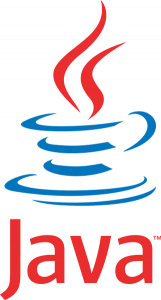Ruby on Rails is another programming language for faster web development. It is also known as Rails or RoR and is the newest programming language as of this writing since it first came out in 2004. The purpose of the Rails project was to make the process of creating web applications much easier and less time-consuming. This is accomplished by using the Model-View-Controller (MVC) architecture to organize application programming.
By using various packages like ActiveRecord (an object-relational mapping system for database access), ActiveResource (provides web services), ActionPack, ActiveSupport and ActionMailer, Rails make programming a web script very easy. In fact, when I was researching Rails, I found a video on their website that shows a blog being made in 15 minutes! If the video is still online, you can view it here. Unlike Java, Rails requires a web server to run on, which makes it a great choice for building web apps.
services), ActionPack, ActiveSupport and ActionMailer, Rails make programming a web script very easy. In fact, when I was researching Rails, I found a video on their website that shows a blog being made in 15 minutes! If the video is still online, you can view it here. Unlike Java, Rails requires a web server to run on, which makes it a great choice for building web apps.
Rails Resources
- Official Rails Website – There’s no better place to start than here! Get all the latest news and updates from the developers. Get screencasts, code and documentation as well.
- Ruby on Rails Cheat Sheet – To get a nice little quick reference guide for Rails created by AddedBytes.com, go here. You can print out this one-page guide to aid you in your Rails programming ventures.
- Rails Tutorials – There are three really good tutorials on this site that go into depth about how Rails works and how you can get started.
Who uses Rails?
The biggest site known to use Rails is Twitter! I’d have to say that for a website as large as that, Rails must be pretty useful, not to mention stable. Other known sites are BaseCampHQ and Shopify.
| << Back to Java | Forward to Content Management System (CMS) >> |

